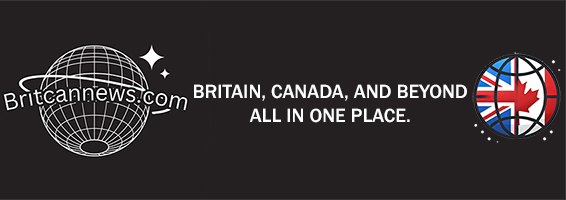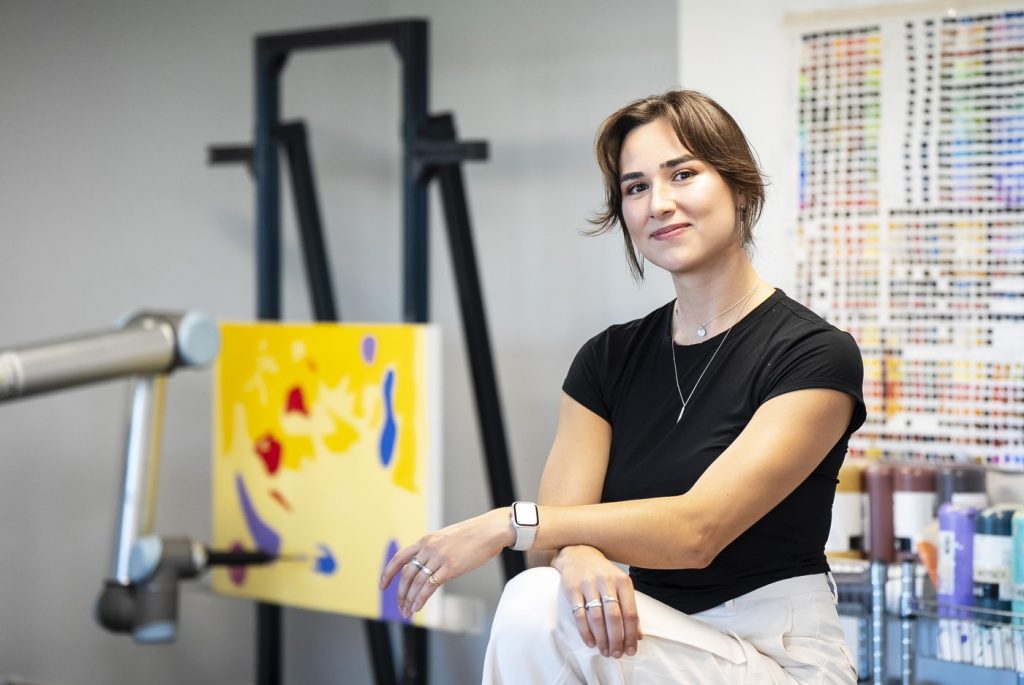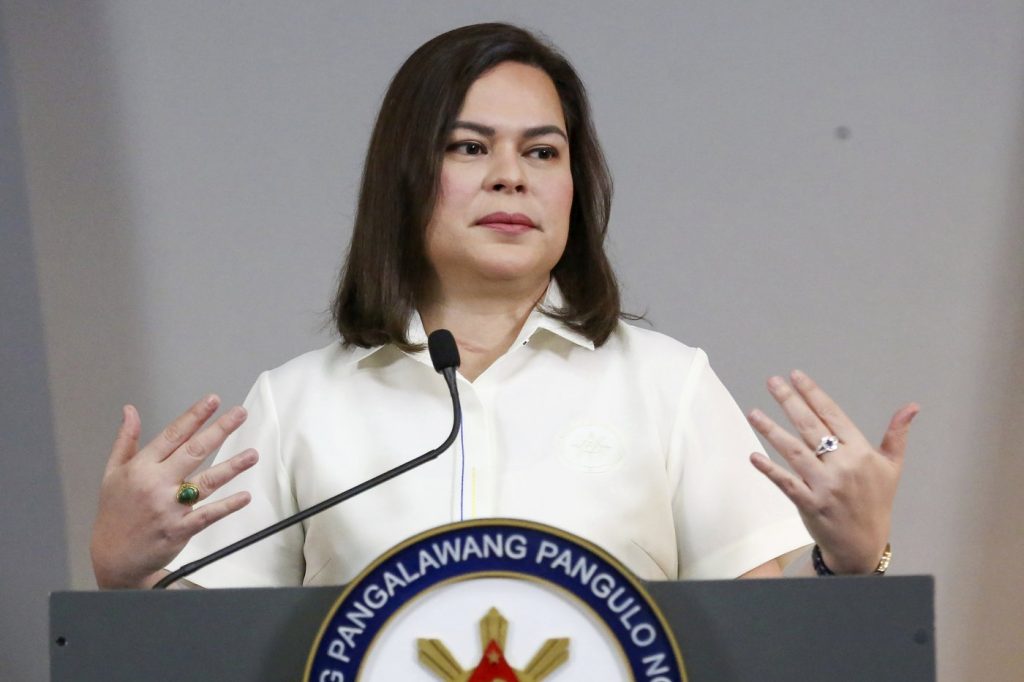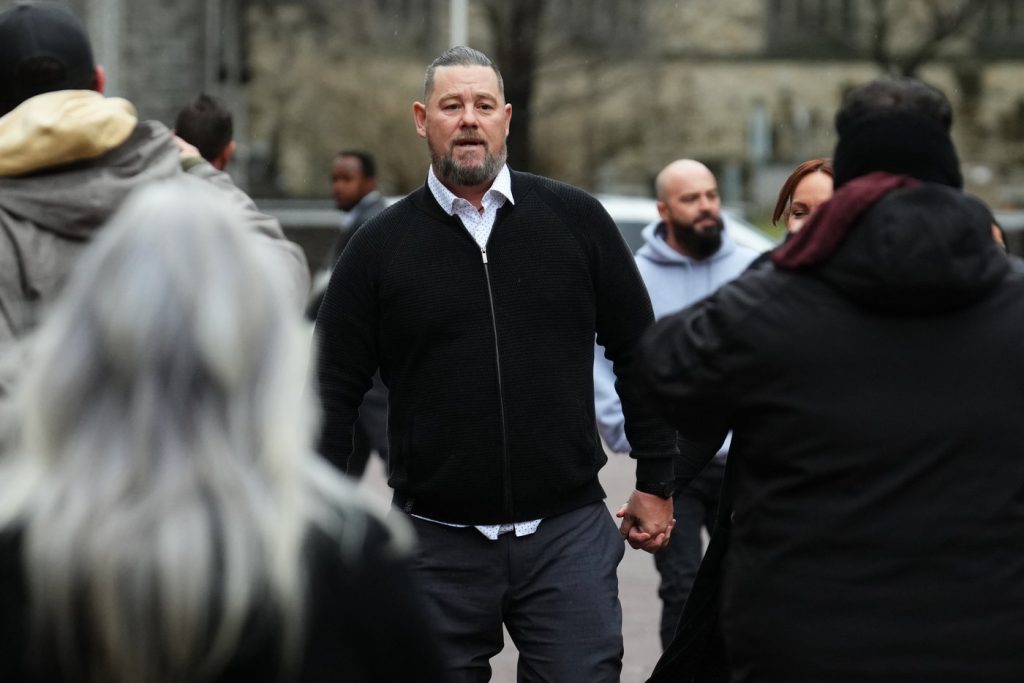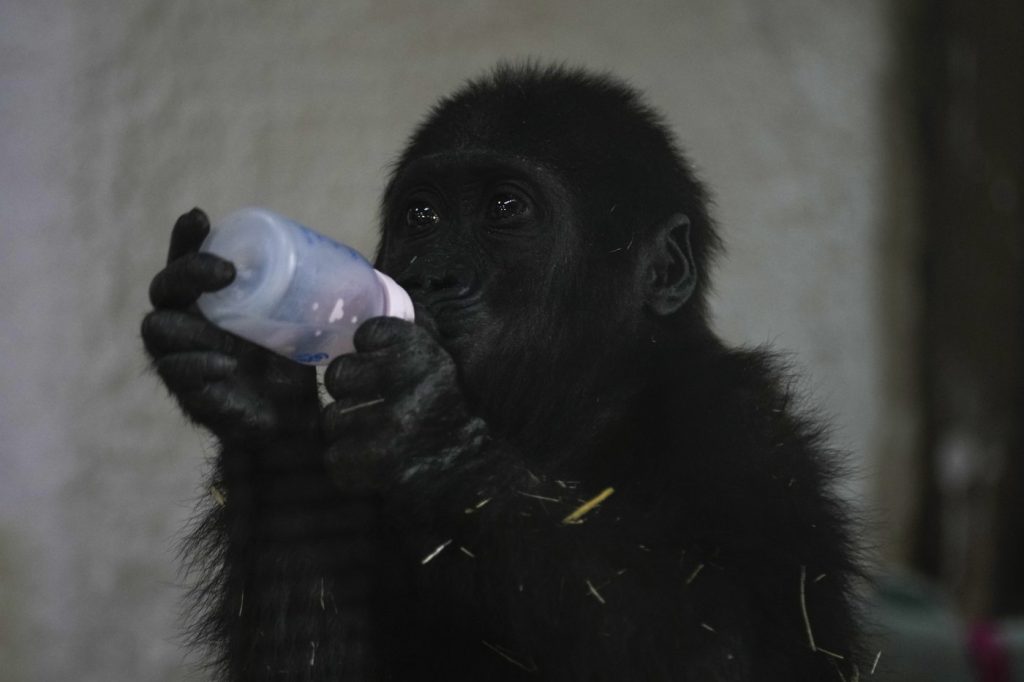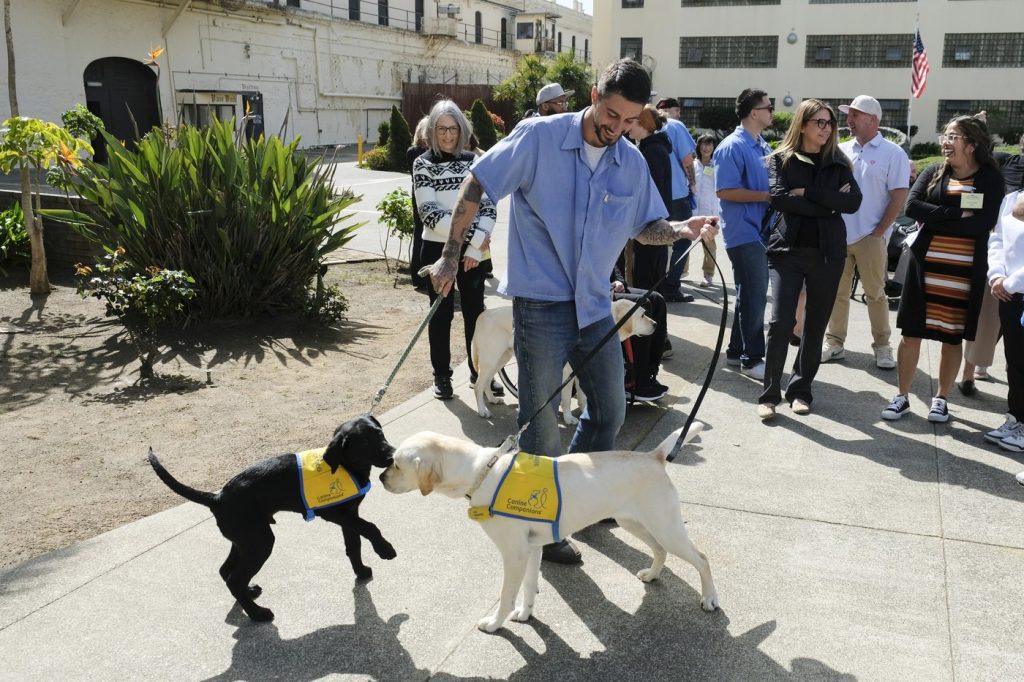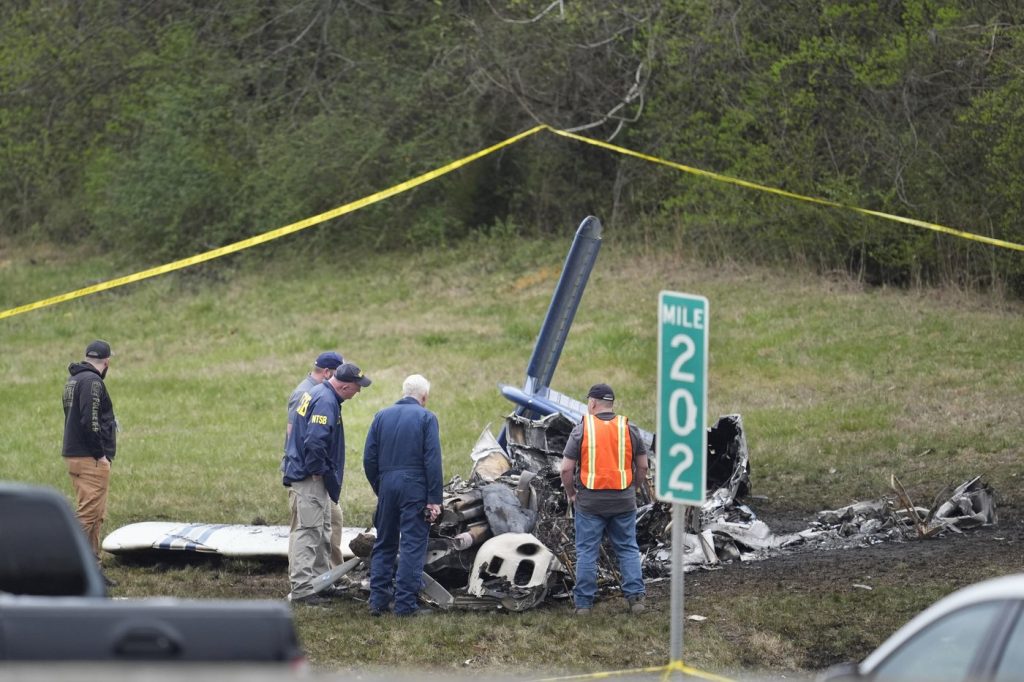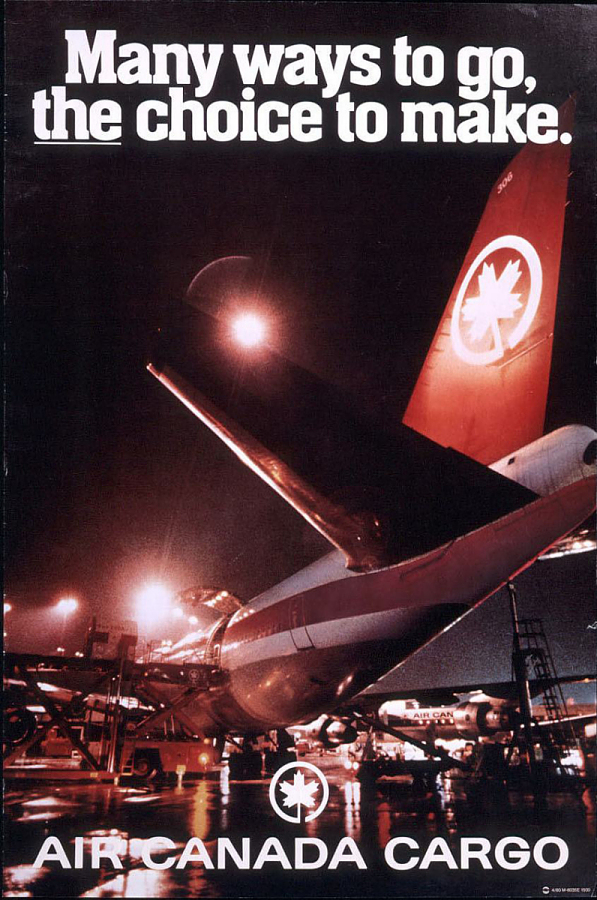In the early 1990s, renowned Indigenous artist Norval Morrisseau encountered a perplexing situation while visiting a gallery in Vancouver with his friend, Cory Dingle. They stumbled upon a painting that claimed to be created by Morrisseau himself, yet the artist had never seen, nor painted, the piece. Dingle recalled their reaction, stating, “We had a little chuckle and we left.” Morrisseau, who passed away in 2007, was a pioneering figure in the world of art, celebrated for his unique pictographic style and his association with the Indian Group of Seven. As the first Indigenous artist to showcase his work in a contemporary gallery in Canada, Morrisseau's paintings have since become highly valuable, fetching millions at auctions.
However, this initial encounter within the gallery foreshadowed a much larger issue that would emerge in the following years. To date, over 6,000 counterfeit paintings attributed to Morrisseau have been discovered, resulting in an estimated $100 million in losses for his estate. This troubling trend has been labeled by law enforcement as the largest art fraud case in history. The challenge of identifying these forgeries is a complex and time-consuming endeavor that necessitates collaboration between galleries, private collectors, and experts equipped with a discerning eye.
Amidst this overwhelming problem, a promising solution has surfaced in the form of artificial intelligence. To combat the proliferation of fake works, Morrisseau's estate, led by Cory Dingle, teamed up with two professors passionate about art to develop a software tool termed “Norval AI” approximately three years ago. This innovative program is designed to analyze various art pieces and assess the likelihood of their authenticity as genuine Morrisseau works. Dingle remarked on the initial success of the AI, stating that it became exceptionally proficient at distinguishing forgeries due to the poor quality of many counterfeits.
As legal proceedings continued to expose differences between authentic and fake Morrisseau works—such as variations in paint thickness—the forgeries started to become more sophisticated and harder to identify. Enter Chloé Ryan, a former engineering student with an interest in large-scale abstract paintings. While traditional painting methods can be time-consuming, Ryan's innovative thinking led her to combine robotics with art, resulting in the creation of a company named Acrylic Robotics.
This venture utilizes advanced technology to replicate artworks based on an artist's instructions. The process begins with an artist creating a piece using a stylus on a tablet-like drawing table. The software analyzes countless details about the strokes, pressure, and speed of the painting. As Patricia Nielsen, head of digital transformation and AI at AWS Canada, noted, the technology acts as a "powerful magnifying glass," capable of detecting patterns and anomalies that may not be visible to the naked eye.
Once the data is captured, a robotic arm at Acrylic Robotics reproduces the painting, ensuring precision that is reportedly indistinguishable from the original. Dingle contacted Ryan in August 2024, leading to a collaborative effort to create accurate reproductions of Morrisseau's works. Given that Morrisseau could not physically create art himself, the team worked strategically, teaching the robot his distinctive techniques through high-resolution images of his original pieces. The process, which has taken nearly a year, involves continuous feedback to address errors and refine the robot's execution.
As their efforts progressed, recent versions of the reproductions have reached an accuracy level of approximately 69%. Although there is caution about pushing for perfection, Dingle expressed a need to first establish a definitive way to ensure that any reproductions could not be mistaken for Morrisseau's originals. Both Dingle and Ryan share concerns about releasing this technology without careful consideration of its potential impact on artists affected by forgery.
They are currently investigating ways to incorporate identifiable features or markings within the replicated works to differentiate them from genuine Morrisseau pieces. Once they finalize a reliable method, they aim to distribute these responsible reproductions widely, fulfilling a unique need for access to Morrisseau's art. Dingle noted the significance of making Morrisseau’s work available to various institutions, including schools and healing centers that may not afford to own an original, thus ensuring the legacy and teachings of Morrisseau's art can reach those who value them most.
